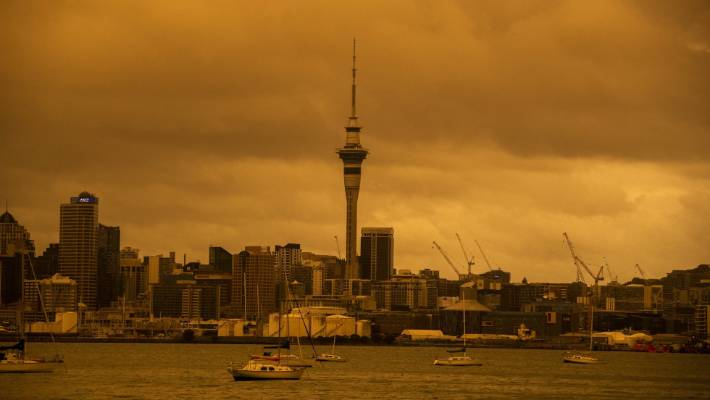最近の調査によると、ニュージーランドは大気汚染により重大な健康上の脅威に直面しています。この情報は、2022年7月に発表されたニュージーランドの健康と大気汚染(HAPINZ)3.0レポートに基づいています。
この研究は主に、PM2.5として知られる微粒子と二酸化窒素(NO2)と呼ばれるガスという2つの汚染物質に焦点を当てました。環境中のPM2.5の主な発生源は、住宅の火災、自動車、ほこり、工場です。一方、NO2の大部分は自動車から排出されます。
これらの汚染物質が健康に及ぼす影響は憂慮すべきものです。2016年、大気汚染により3,317人の早期死亡が発生しました。さらに、13,155人が入院し、13,229件の小児喘息症例が報告されました。
この差し迫った大気汚染問題の主な原因は、自動車と家庭内火災であることが確認されています。2016年の汚染関連の死者総数のうち、自動車は2,247人、住宅火災は962人を占めました。
財政面での影響も顕著です。2016年の大気汚染による医療費やその他の関連費用の推定額は156億ドルでした。
地理的には、汚染による死亡者数が最も多かったのはオークランドとクライストチャーチでした。しかし、発生率という点では、南島が特に影響を受け、大気質の悪さによる早期死亡の割合が高かった。
この調査では、大気汚染による健康への影響が2006年から2016年にかけて増加していることがさらに明らかになり、NO2がこの増加の重要な要因となっています。懸念される事実は、2016年にニュージーランドの人口の 81% が危険なPM2.5レベルの地域に住んでいたことです。PM2.5とNO2の両方に最もさらされたのは太平洋の人々でした。
この報告書は、ニュージーランドが公衆衛生を守るために大気汚染に対処することが急務であることを浮き彫りにしている。詳細な説明については、HAPINZ 3.0 レポートがオンラインで公開されています
。





























































